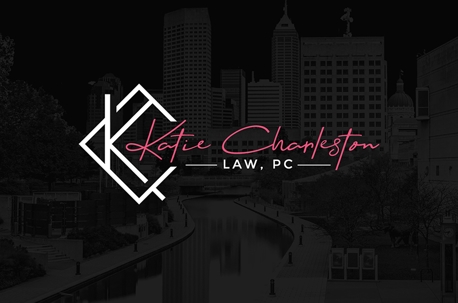Copyrights and Trademarks Provide Different Protections
Some people use the terms copyright and trademark interchangeably, but they are not the same thing. While they both provide protection for your intellectual property rights, they cover different types of assets.
They’re also managed by different entities. Federal trademarks are managed by the U.S. Patent and Trademark Office (USPTO). Each state also has its own office, agency, or policies to handle state-level trademarks. Copyrights, on the other hand, are registered with the U.S. Copyright Office.
What Does Copyright Protect?
Copyright protects original works of authorship. That doesn’t just mean poetry, short stories, and novels, though.

Copyright can cover a variety of created works, including:
- Literary works
- Dramatic works, such as screenplays
- Musical works, such as written songs or scores
- Artistic works, including paintings, drawings, or sculptures
- Sound recordings, such as albums
- Architectural works, such as drawings for a building
- Dance choreography
- Audiovisual works, such as movies and television shows
- The code for original computer programs
- Technical drawings or maps
What Rights Do You Have as a Copyright Owner?
When someone holds the copyright to any of these types of works, they are the only person with the legal right to distribute that work. They also hold the right to perform or display the work. Other people or businesses are only allowed to do any of these things if the copyright holder enters into an agreement with them.
For example, an author contracts with a publisher to allow it to distribute a novel. Or, a church purchases a Christian Copyright Licensing International (CCLI) or OneLicense, which allows the church to perform copyrighted music during services as long as the copyright holder has agreed to include their work in the licensing agreement.
What Do Trademarks Protect?
Trademarks protect a specific mark, which might be a word, symbol, phrase, or design. To qualify for trademark protection, the mark must identify a specific brand, company, service, or product.
Examples of trademarked designs, words, or phrases include:
- Nike’s trademark Swoosh
- McDonald’s “I’m lovin’ it” slogan
- Brand names like Apple
- UPS’s specific brown
- McDonald’s golden arches
- Coca-Cola’s name as well as the signature white logo on the red background
What Rights Do You Have as a Trademark Owner?
If you own a trademark, you have the exclusive right to use that mark in a way that is associated with your product, business, service, or brand — or any competing product or company. For instance, only McDonald’s can use the golden arches in the restaurant niche. Only UPS can use the specific color brown in the transportation and delivery niche.

Trademark rights can be limited to an industry, geographic location, or use case, though. For example, if an art company made a colored pencil or crayon in the same shade as UPS brown, this may not be considered a trademark violation. That’s because it’s unlikely that any consumer will get confused between the art supply product and the delivery company.
What Is the Difference Between the TM and R Symbol for Trademarks?
Both symbols are related to trademarks, but they are used in different cases. The R symbol is for “registered trademark.” You can only use it if you have a fully registered trademark with the USPTO.
The TM symbol can be used to indicate a state-registered trademark or an unregistered trademark. Some businesses use the TM to try to build awareness of the mark and distinguish it proactively to increase success when they do apply for a federal trademark.
How Do You Apply for Copyright or Trademark Protection
You apply for copyright protection with the U.S. Copyright Office by completing an application form and submitting it along with a copy of your work. For electronic filing, most applications come with fees ranging from $45 to $100. Paper filling can cost slightly more.
On average, it takes around two months for the U.S. Copyright Office to process applications. If the office must correspond with you regarding your application, it may take more than three months.

Applying for a trademark can be a bit more complex. You complete the application process with the USPTO. First, you may need to check whether your desired mark is already in use and registered by someone else, which involves a search in the USPTO database. Then, you complete the application and submit it. The fee is $350 for each class of goods, and you’ll also need to pay fees periodically to maintain the trademark.
Trademark wait times are much longer than those associated with copyrights. As of October 30, 2023, for instance, the USPTO noted that it was processing applications submitted between January 16 and January 30, 2023. It also notes that the average time from submission of the application to completion of the process is just over 14 months.
Work With a Copyright and Trademark Attorney to Protect Your Intellectual Property
Filing for a trademark or copyright doesn’t automatically mean you’ll get it. The process, especially for trademarks, can be complex and full of seeming nitpicks. Working with an experienced trademark legal team can help you ensure your application is ready for filing and deal with any challenges during the process.
When you file for a copyright or trademark, you take a step to protect your intellectual property rights. You also ensure you have options for seeking legal remedies if someone infringes upon your intellectual property rights.
Find out more about your options and get help filing your applications or protecting your rights. Call Katie Charleston Law, PC, today at (463) 223-4943.
The post Key Differences Between Copyright and Trademark Law appeared first on Katie Charleston Law, PC.

